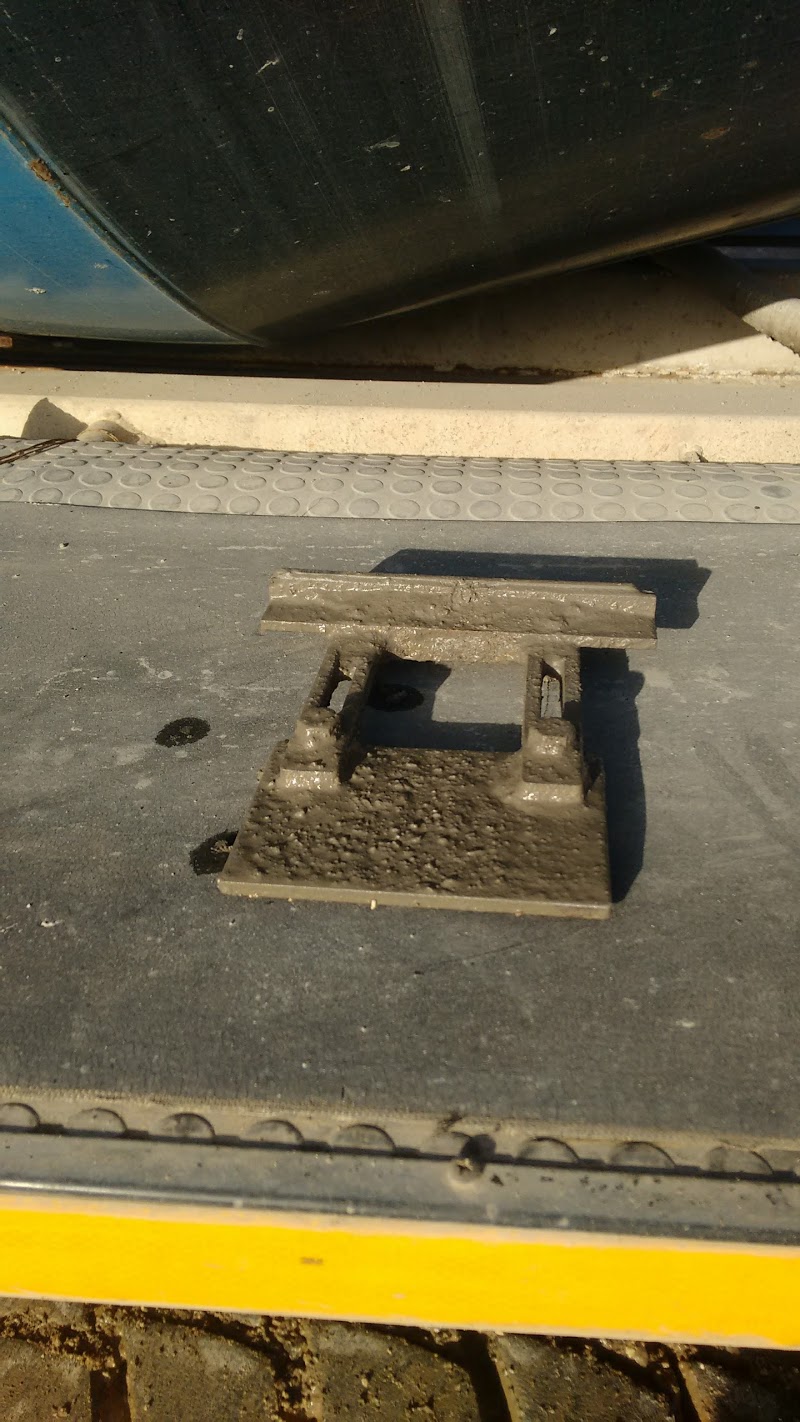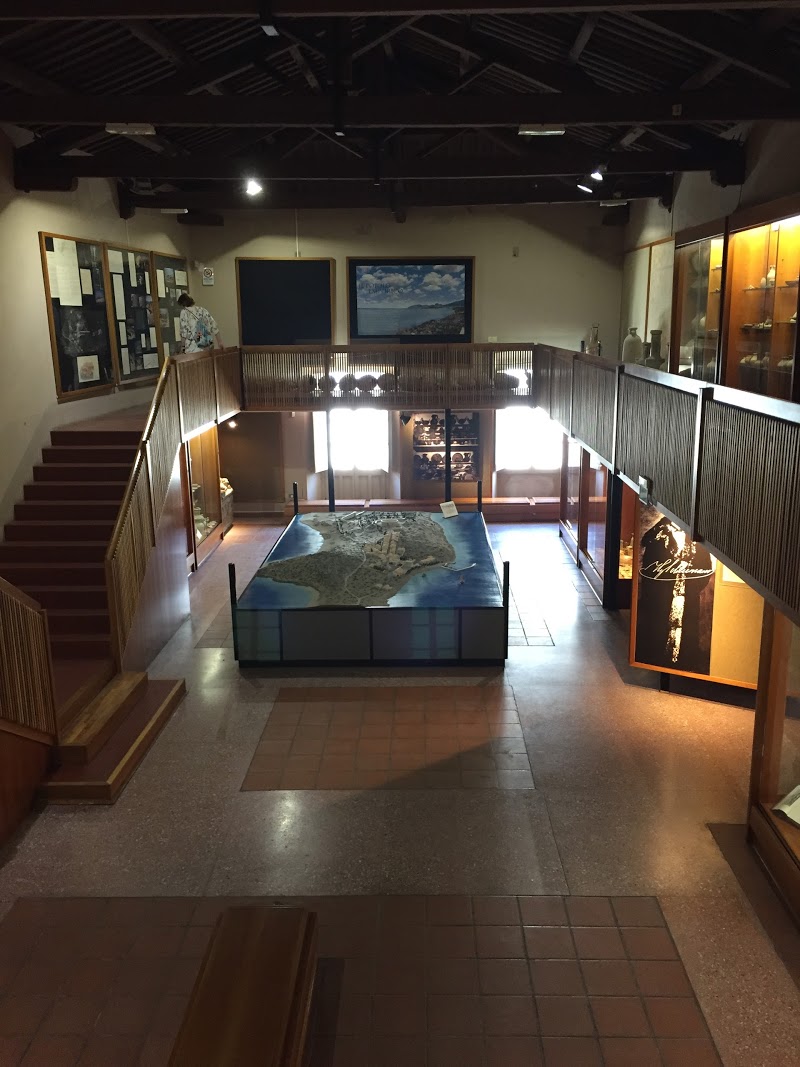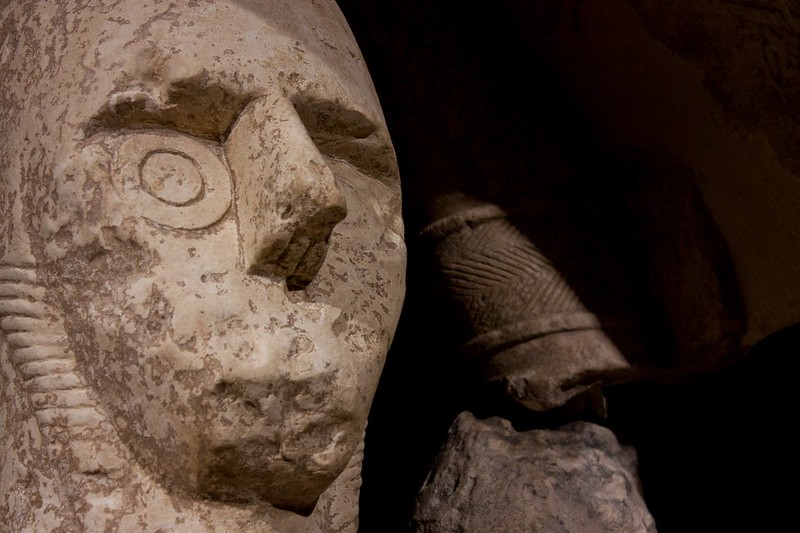Discover Solarussa: A Historic Gem in the Heart of Sardinia
Located in the province of Oristano, Solarussa is a charming Sardinian town with around 2,400 inhabitants, nestled in the fertile region of Campidano. Just 13 km from the main city and 109 km from Cagliari, Solarussa offers visitors an authentic atmosphere surrounded by hills and ancient traditions.
A Fertile and Historical Territory
The land of Solarussa boasts a fertile plain enriched by the millennia-old sediments of the Tirso river, the largest in Sardinia. Ancient nuragic settlements bear witness to the long history of this place while the Roman ruins at Putz’e Angius recall its strategic importance during Roman times. The town was a reference point along the Via Maxima connecting Tharros to Macomer, one of the island’s main arteries.
Local Culture and Traditions
The name “Solarussa” may derive from the red color of the fertile soil or from an ancient pre-Roman epithet meaning “rocky hill”. Regardless of its origin, agricultural tradition is still alive, especially in the production of the renowned Vernaccia wine, encapsulating centuries of history and tradition.
Unique Experiences to Embrace
Solarussa is famous for the feast of San Gregorio Magno held every year on Tuesday after the second Sunday in October. This event involves the whole community and includes the traditional bonfire on Monday evening, symbolizing good luck for the upcoming year. By visiting the town, tourists can admire ancient churches and immerse themselves in Sardinian culture through the local dialect, Limba de Mesania.
How to Reach Solarussa
Solarussa is easily accessible via provincial roads 9 and 15 as well as by train thanks to an active railway station since 1880 providing convenient access to the town.
In Conclusion
Solarussa represents an ideal destination for those seeking to discover an authentic corner of Sardinia steeped in history, culture, and ancient traditions. A journey through fertile hills, ancient ruins, and captivating atmospheres that will enchant every visitor.











